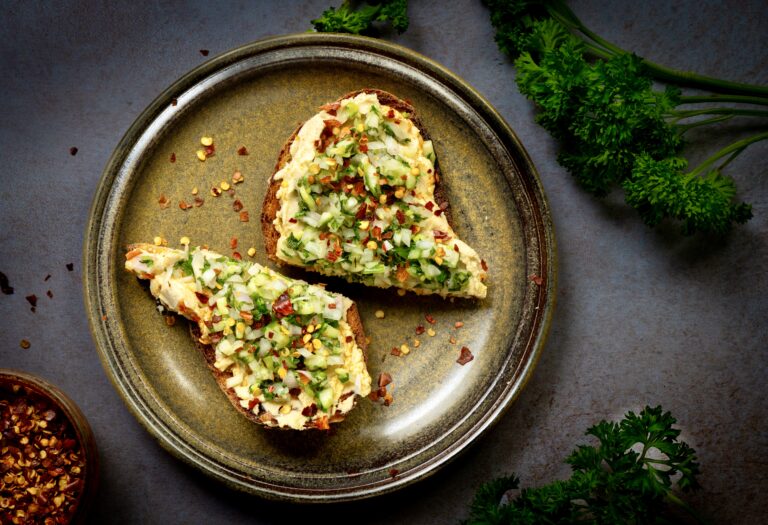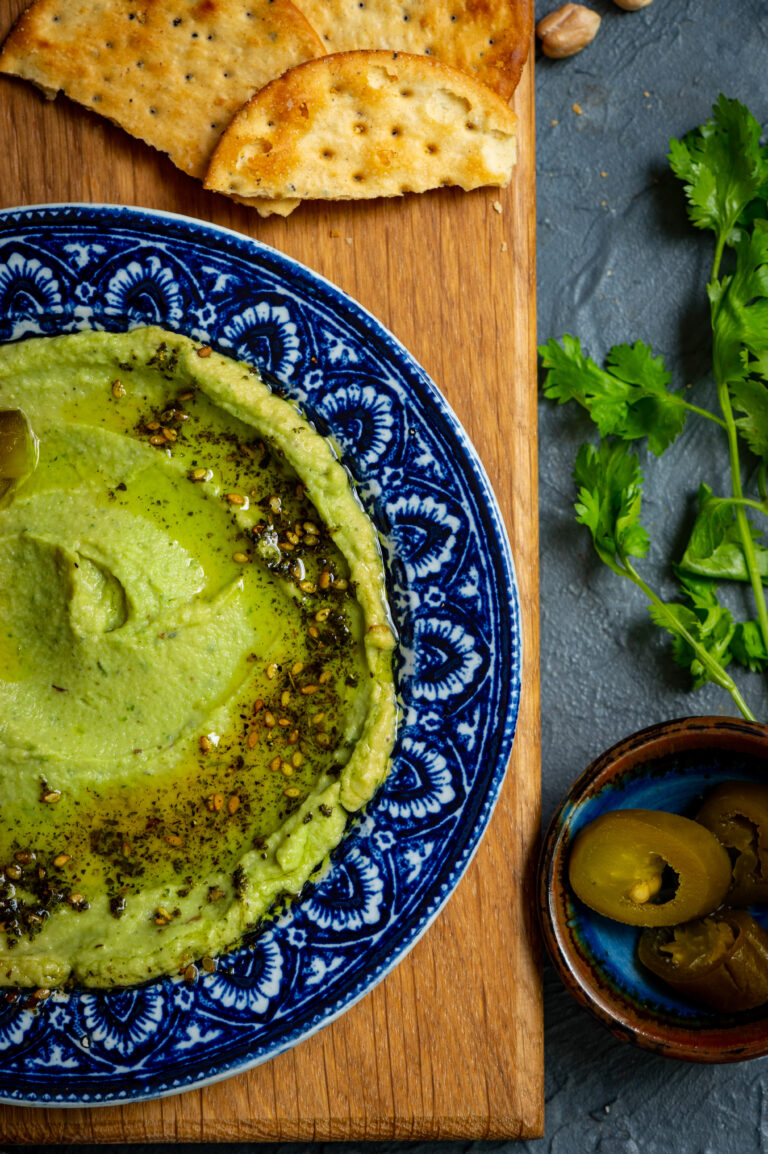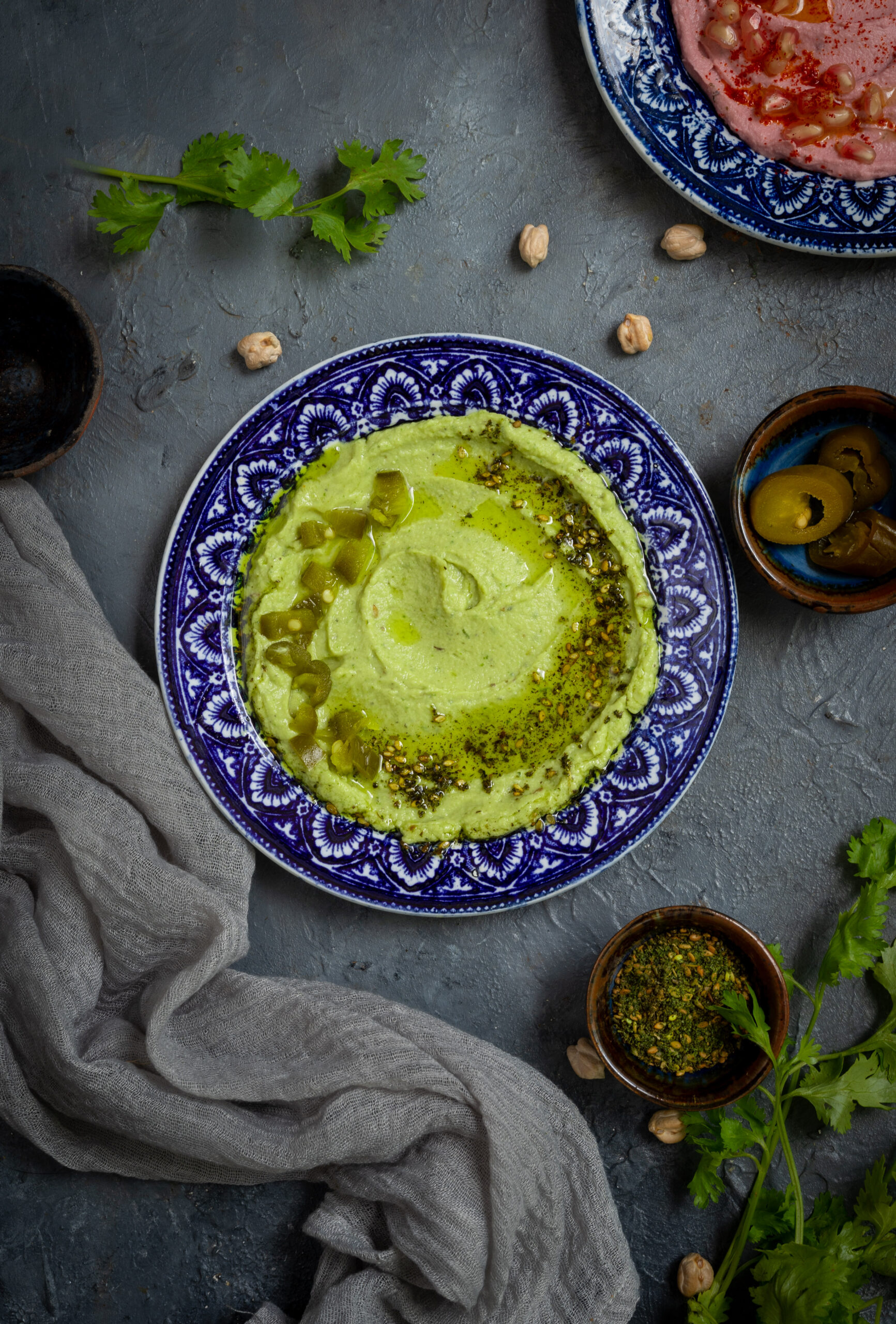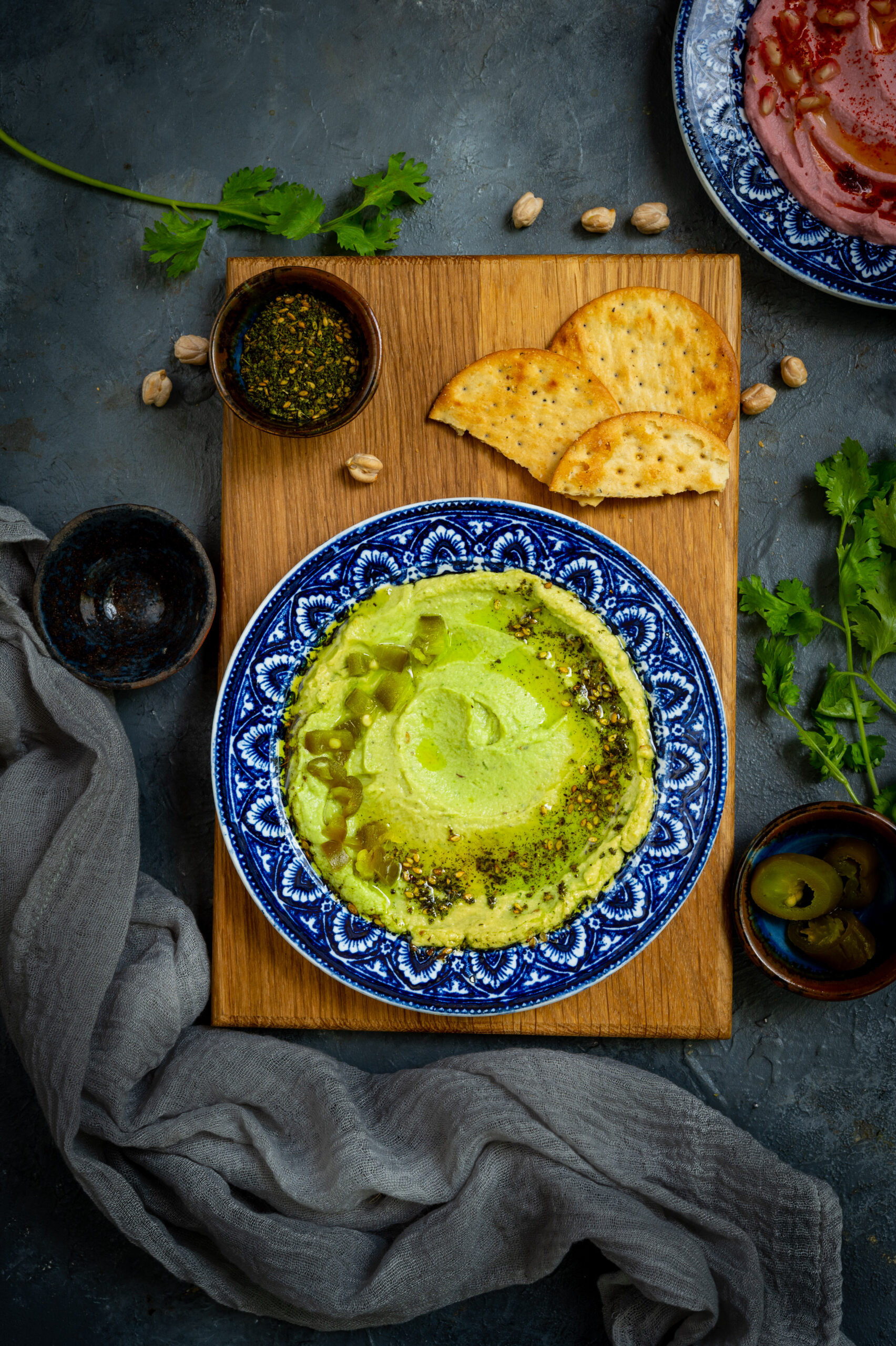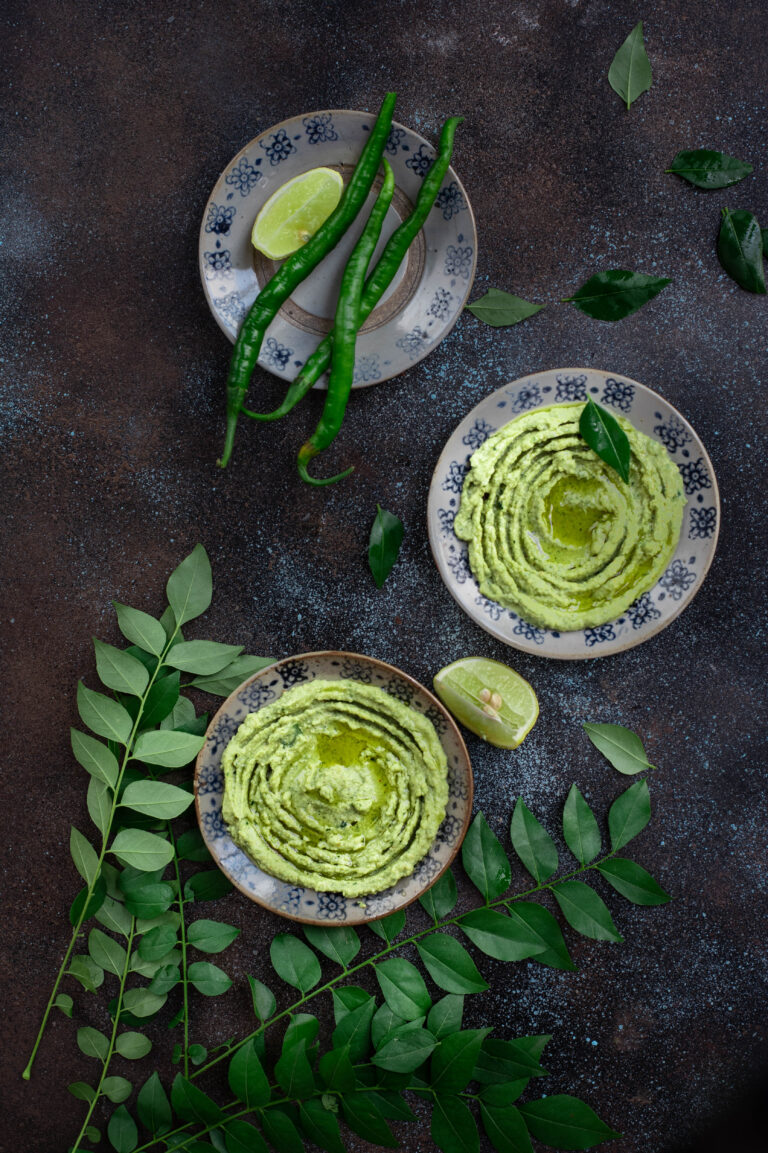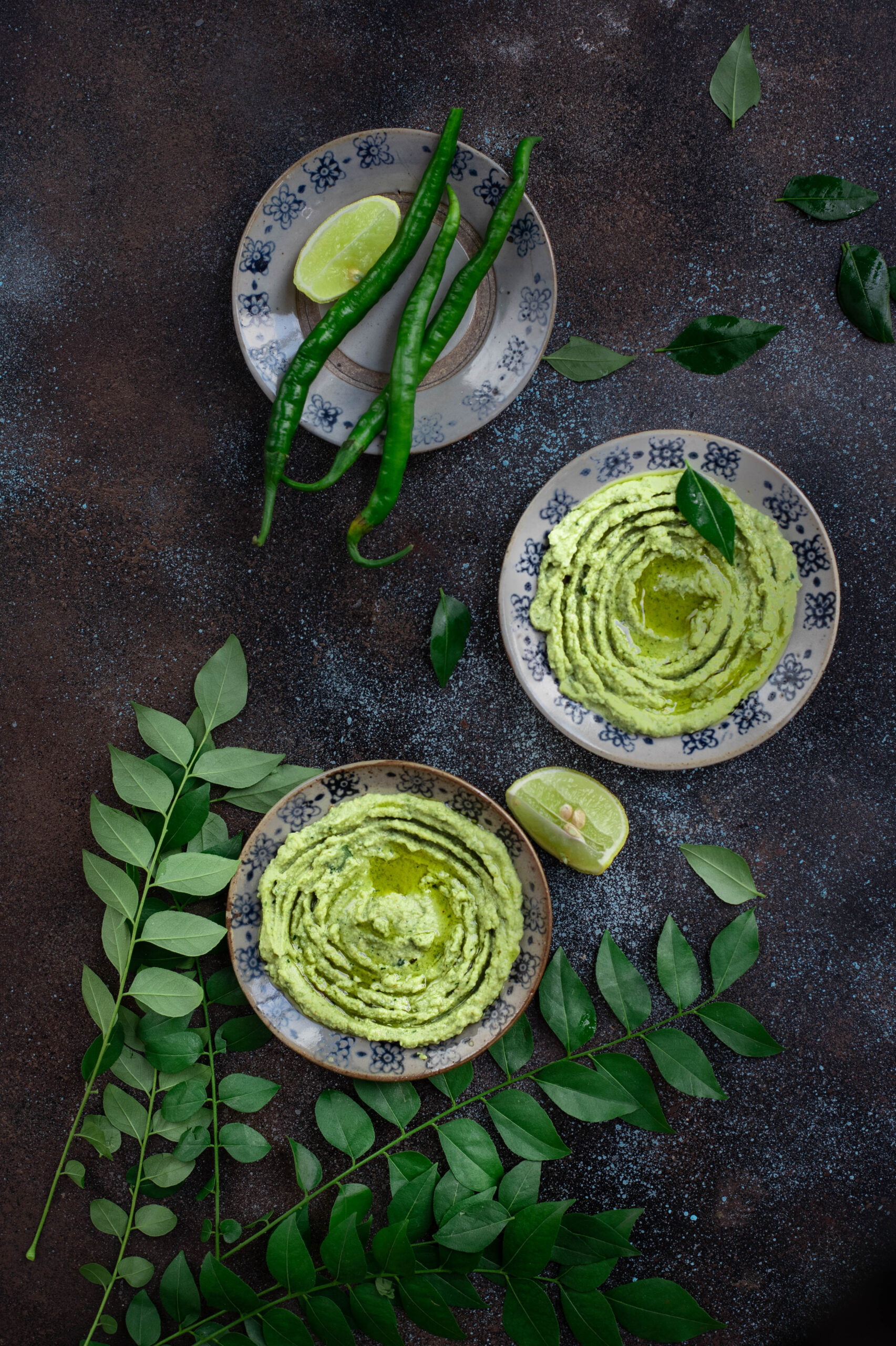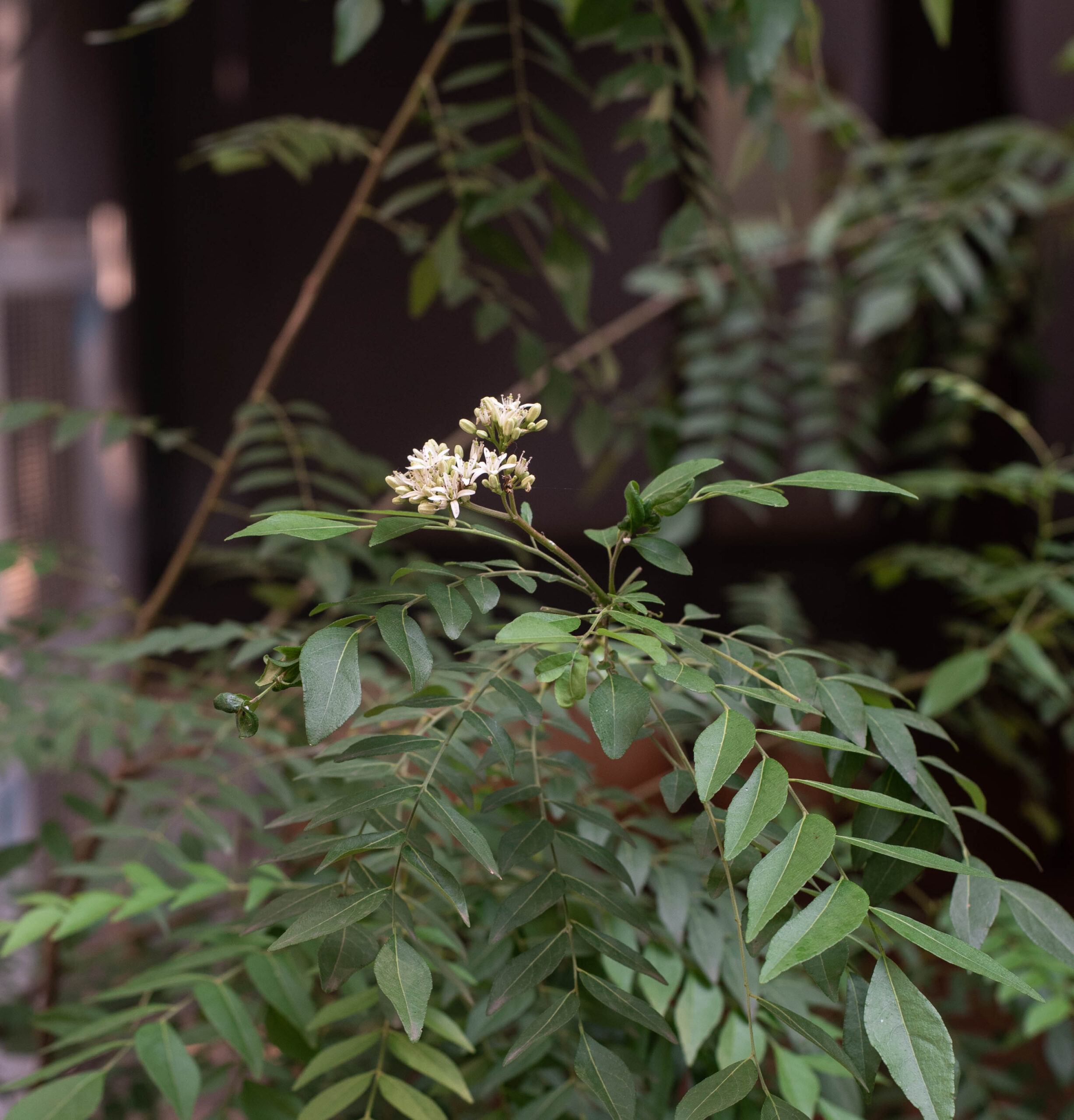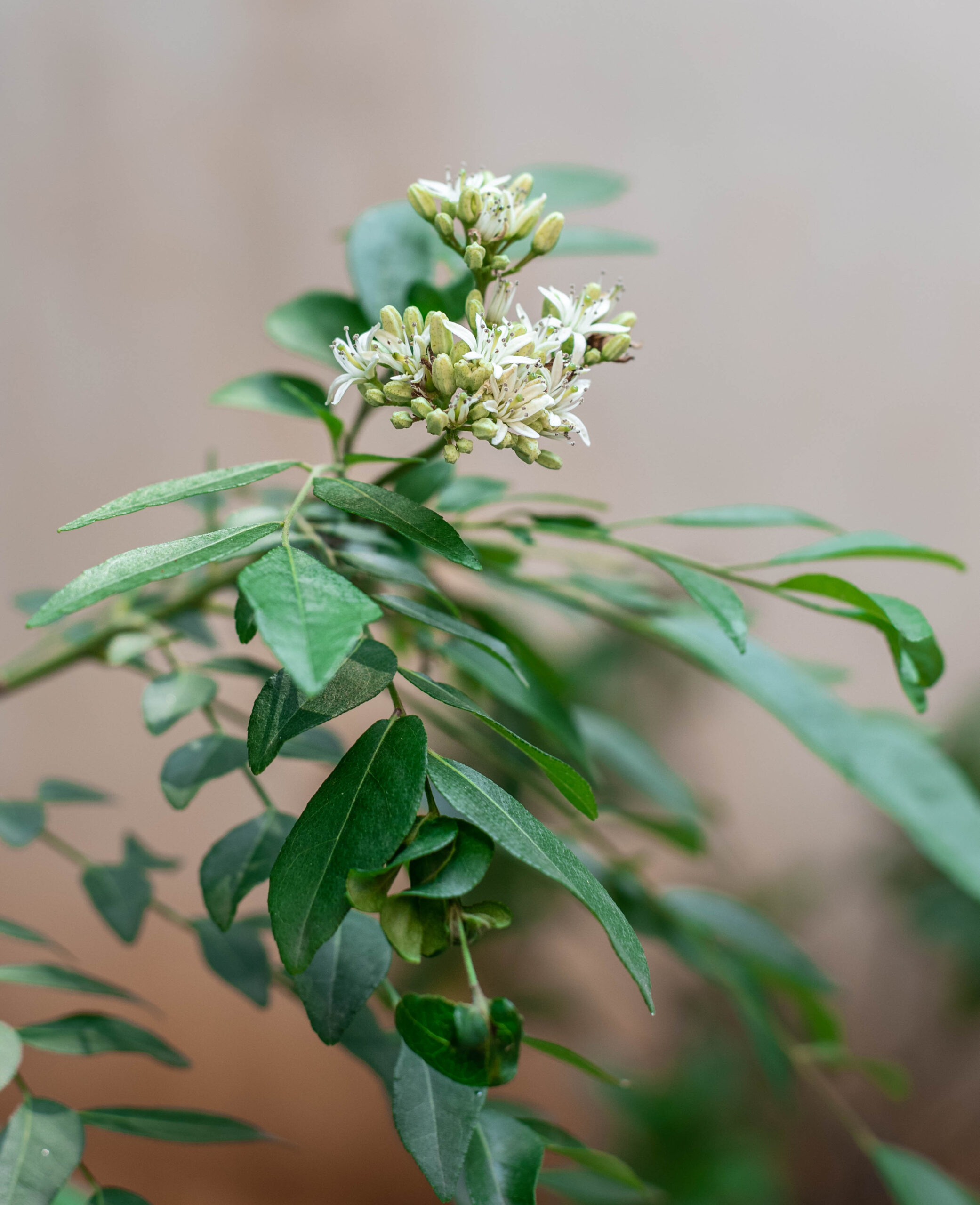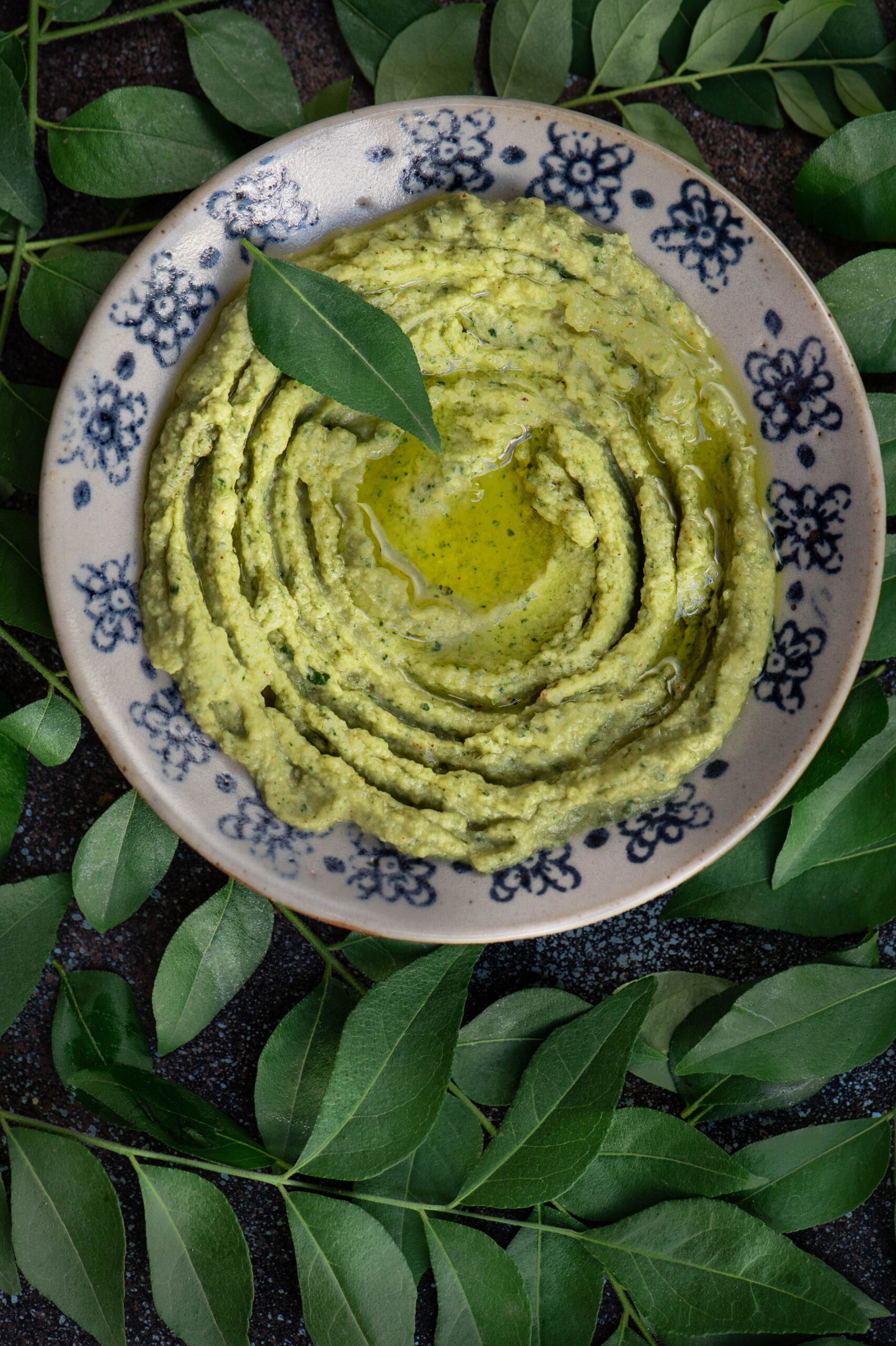Trying to incorporate a lot of protein into my meals is how this hummus toast loaded with veggies came into being. It’s just perfect for right after my workout, when I’m most hungry. Putting it together is easy on mornings when there has been hummus and pita bread at home for dinner the previous evening. The leftover hummus is put to good use with this lovely toast, or else eaten as a snack with fruit later in the day.
Hummus originated in West Asia and is a versatile dish which utilises protein-rich chickpeas. I have shared two very appetizing hummus recipes on this blog so far. If you would like to make the hummus rather than buy it, you could choose from this coriander hummus or this curry leaf and green chilli hummus. For a plain and basic hummus, just eliminate the flavouring ingredients from the recipe.
The boost of protein aside, another reason why I enjoy this hummus toast with veggies as my morning meal is probably because of the novelty factor. It is so different from the kind of breakfasts that I grew up with, and I often find myself dreaming about travels past and future when I prepare something from another cuisine. Instagram also inspires me, and I love learning about dishes from everywhere, and figuring out how to fit them into my repertoire at home.
While authentic Indian breakfasts are absolutely wonderful, and traditionally wove the logic of seasonality into them, they also tend to be carb-heavy. I am not trying to find fault with them at all, for I understand that they were primarily designed for people from historical periods when everyone needed to labour a lot more, and usually had much less to consume or choose from. But as we move with the times, we need to adjust these diets to suit our contemporary needs. Now, for our present lifestyles, we need fewer carbohydrates and much more protein. I still remain an advocate of Indian cuisine, but I am equally a believer in adapting, evolving and exploring!
You can use any chopped salad as a topping for this toast, although I’ve suggested my preferred ingredients below. I’d also like to share a tip about cutting vegetables. In the morning, I make sure that my vegetables are finely chopped because I have a tendency to gobble breakfast up as quickly as possible post-workout. Knowing this about myself means that I not only cut my vegetables in a certain way at that time, but also that I cut them differently for my lunch preparations. When cooking for the afternoon meal, the vegetable slices are always larger in size, so that I take my time to chew them properly and digest them better. Small changes like these make us more mindful about both cooking and eating. It’s all about calibrating our choices so that they suit us well.
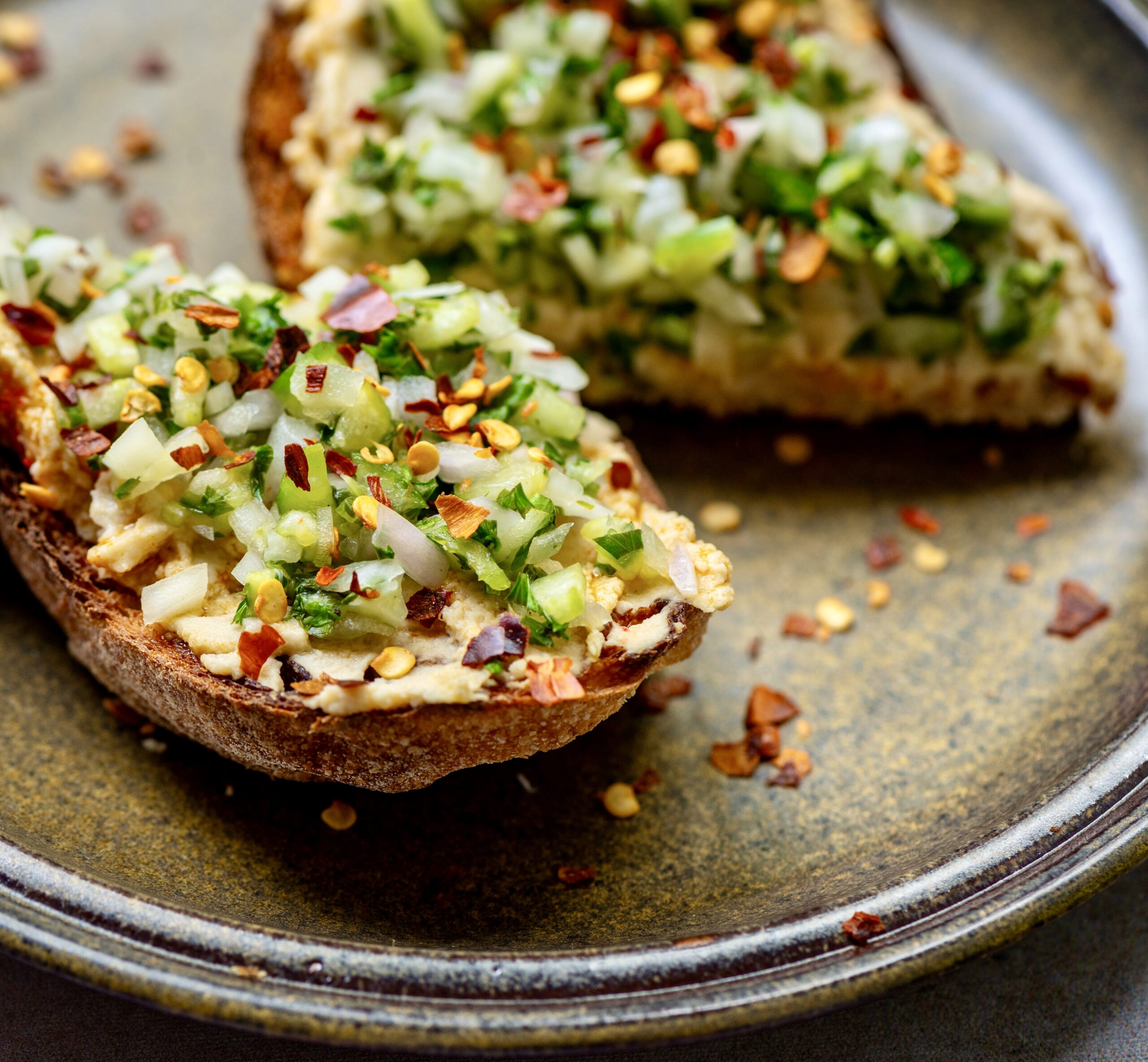
Hummus Toast With Veggies
1 slice sourdough bread
2 tablespoons hummus
Salad (as per recipe below, or make your own)
1 tablespoon olive oil
Veggies
¼ cup parsley (finely chopped)
¼ cup coriander leaves (finely chopped)
¼ cup cucumber (finely chopped)
2 tablespoons onions (finely chopped)
Salt to taste
Toast a slice of sourdough bread. Add the dollop of hummus and spread it over the toast.
Put all the finely chopped salad ingredients in a bowl and mix.
Sprinkle the salad over the hummus on toast. Finally, drizzle some olive oil. Your hummus toast with veggies is now ready to be enjoyed.
I have shared many toasties here on this blog. You probably know that I am a big fan of sourdough, based on how often I have used it in recipes here. It tastes fantastic on the day it is baked but turns hard by the following day, which is when it becomes ideal for toasties. So this hummus on toast with veggies joins that list too, bringing more pep – and of course, more protein – into my mornings, and hopefully yours too!

